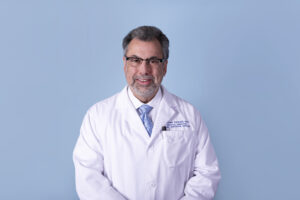Garbage Can Diagnosis
Headache is one of the most common symptoms after a concussion or brain injury. It is important to be aware that post-traumatic headache assessment and management is a specialized area of medical care. Often, patients with this problem see clinicians who go no further than giving a “garbage can” diagnoses of PTHA, otherwise known as post-traumatic headache. This particular diagnostic label does nothing to inform the patient about the cause of their headache. It simply tells them what they already know… that they have headaches after a trauma. Depending upon the severity of the traumatic brain injury/concussion and the associated injuries, there can be multiple reasons why people are having headache including: direct cranial impact injury, nerve damage or irritation (facial, head and/or neck), tension headache, post-fracture pain (face/skull), grinding of the teeth (also called bruxing), jaw problems, migraine, referred neck muscle pain, upper neck joints that are out of alignment, medication overuse, medication induced, and abnormal pressure in the brain (low as well as high), among other causes.
Comprehensive Examination
Once a firm diagnosis is established based on a detailed history and exam then appropriate treatment can be prescribed. The headache history is a crucial element that will help guide the sophisticated practitioner in focusing their physical assessment. Issues regarding the character, onset, location, duration, factors that help pain versus make it worse, severity, frequency, trigger factors, time of day, among other questions should be part of such an assessment.
The typical exam of an individual with a post-traumatic headache complaint tends to ignore the primary pain generators generally responsible for this condition….and most patients I see who have seen other doctors report that no one ever touched them above the neck. A good headache exam MUST include the face, jaw, scalp/head, neck and upper shoulder girdle structures…whether the headache is post-traumatic or not.
Holistic Treatment Plan
Treatment of post-traumatic headache pain generators requires a holistic approach often involving other practitioner to work as a team to optimize outcomes. Treatment should not just be an issue of prescribing pain medication…something that is generally discouraged for a number of reasons. The use of opiate pain medications is generally not indicated due to addictive potential and may actually make the headache pain worse if used to frequently. Use of medications including injected and topical ones as well as traditional oral drugs should all be considered. Manual medicine techniques such as myofascial therapies and manual medicine therapies are other non-pharmacological treatment options that can be very helpful. Use of behavioral techniques can also play an important role as can headache education regarding addressing coping and potential headache triggers.
If you have a headache disorder following trauma find a doctor appropriately qualified who regularly treats this condition, has good outcomes and uses a holistic approach including working closely with other clinicians such as physical therapists, osteopaths and/or chiropractors.
 ABOUT THE AUTHOR
ABOUT THE AUTHOR
Nathan Zasler MD is Founder, CEO & Medical Director of Concussion Care Centre of Virginia, Ltd., as well as Tree of Life Services, Inc. Dr. Zasler is board certified in PM&R, fellowship trained in brain injury and subspecialty certified in Brain Injury Medicine. You can read more about Dr. Zasler HERE.